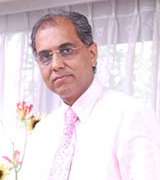
How did you get into Homoeopathy? Tell us your story.
Subrata: Well homoeopathy has been in my family for four generations, so you could say I was in the atmosphere…I knew the name Arnica from 12 months old. My father was a microbiologist, wanted me to learn allopathic medicine and then of course do homoeopathy as a converted homoeopath. 
You were quite young when you started your journey into Homoeopathy. Do you thinks it helps if you are older/and or have more life experience?
Subrata: Both ways for reasons being:
- When you are young you can do it full time.
- You have the time to make it your full time career.(more energy)
- Your memory is probably better when you are young, especially for learning all the Materia Medica.
We have more and more mature students and this is also good for the following reasons:
- You are more mature.
- Life experiences
- Interpretation of life and the patient’s needs.
What was the first Homoeopathic book you read?
Subrata: Good question. It was a Domestic Physician, book written by my uncle, a little like a first aid book. My mother gave it to me, as I was at boarding school full time and in those days there were no mobile phones. I boarded for 7 years, from age 11. I hated those times, as the school was very strict. It was called The Ramakrishna Mission (at Narendrapur), that was the name of a Hindu monk who is said to be an incarnate of the God Krishna. So it would be a little like the Pope John Paul in the West. He incidentally became ill and he only used Homoeopathy. It is these kinds of things, as well as support of Mahatma Gandhi in favour of homoeopathy, which gave lots of credence to Homoeopathy in India, although I hated the school as it was very good at giving the discipline for time management and these sorts of things.
What brought you here to the U.K.?
Subrata:I came here to teach, I wanted to travel and pay homage to the Master Hahnemann, and first travelled to Germany. At that time Germany was divided and I didn’t have the correct visa for Eastern Germany (but had only for West Germany). I boarded a train and was picked up by the police for not having the correct visa. Luckily I had visa’s for lots of other countries I wanted to visit, to observe the development of homoeopathy and they believed me and let me go, I was very young and inexperienced in travelling at that time. I then came to England to teach. As I said that was in 1985, and there was a small group of around 10 homeopaths, who then wanted to come back to India to watch how it’s taught and practiced there, “Indian Homoeopathy in Action.” In 1986 the course in Calcutta started!
Indian homoeopathy, especially the heritage of Calcutta’s Homoeopathy, is different as it’s not Repertory based. There’s more emphasis on the materia medica. Janet came to India in 1992, and we got together in 1995 and started the Allen College in 1998.
Have you found that there are remedies that are more frequently prescribed in India, than in the U.K.?
Subrata: Yes, the remedies in India generally, but not always, present on a more physical level, e.g. I find that gastritis is up to 50% of the cases, due to the diet of spicy foods and eating late. So remedies such as carbo veg, lycopodium and nux vomica are often prescribed and because of the poor education in some of the more rural areas, people are not afforded the luxury of desiring certain foods (sweets , ice-cream etc.) and hobbies and past times. For example, just this last time, in the teaching clinic there in Calcutta, not mentioning any names, a women came with loss of menstrual periods. It was upon looking at her medical records that she learned she’d had a hysterectomy, her uterus removed and she didn’t know, unbelievable. Janet can vouch. The whole clinic full of western students couldn’t believe it. Here in the U.K. it tends to be more balanced. We prescribe a variety of the polychrests.
What would you say makes the Allen College different from any other Homoeopathy College?
Subrata: It is different for a number of reasons:
1) We teach pure classical homoeopathy and show how it works, even in this drug-dependant world.
2) There is much more emphasis on materia medica and not so much repertory. We teach qualitative not quantitative prescription’s.
3) We believe in the golden old masters, original provings etc.
4) One single simple substance- we build a solid foundation and our teaching clinic shows this.
5) We give lots of emphasis on the Organon and philosophy.
The education in India is very different from that of the west. There are over 300 colleges all with one curriculum. This provides credibility and brings it all into line. It is a shame there isn’t a standard of education here.
Can you tell in the classroom who is going to be a successful homoeopath? What do you think are the ingredients for a successful homoeopath?
Subrata: Yes we can tell who is going to be a good homoeopath. Janet and I were just talking about it today. It takes someone with a sensible understanding of the philosophy, being balanced, practical, methodical, someone who is able to listen and pick up the salient points of the case and be open and un-predjudiced.
How long would you say it takes to build a successful practice?
Subrata: When Janet lectures on practice management she says it takes 3 years to get your money back for the course. Any business takes 3 years to build, but you have got to work for it. My uncle used to say “your face, dress and address are all very important.” In other words, make your name, look professional and don’t practice in your front room with the kids playing in the back.
As a student I feel homoeopathy is a tool for transformation, not only for the patient but for the person practising it -what would you say to that?
Subrata: Yes I believe that too. There will always be a need for natural medicine.
Have you ever proven any remedies, and if so what were they?
Subrata: No, I haven’t.
What are your thoughts on the newly proven remedies, i.e. choc, plastic etc.?
Subrata: If a medicine is well proven, in a large number of people of both sexes, then I will take it on board I do not believe in meditative proving. That has no scientific background.
Who inspires you?
Subrata: I love to read the cases of the old masters of homoeopathy, whereby a single remedy can be reached by only one or two salient points, such as the Pothos foetidus case my uncle took : Asthma < inhaling dust, >passing stool- done.
What was the inspiration for your last book -Miasmatic prescribing?
Subrata: Miasm has always been within my family as taught by John Henry Allen to my grand-dad. I felt there was a need for a well structured book, with philosophy at the beginning. So my aim was to create a solid book to be used daily for clinical practice, rather than putting miasms in a box and not to open and implement it in each and every chronic case.
Tell us about your latest book-“Classical homoeopathy for an impatient world”.
Subrata: People think that Homoeopathy does not fit now-a-days, but it is even more perfect in this drug dependent world. Homoeopathy can help those drug dependent people to wean off safely, layer by layer, as it states in aphorism 91, enabling us to prescribe on the natural uncontaminated disease. I wanted a book to help homoeopaths to understand the medicines, using keywords for the polychrests, enabling those to match the symptoms accordingly. Homoeopathy is well established, offering rapid, gentle, permanent cure (§ 2) as opposed to the conventional medicines. I often think to myself, “Why the need for weapons factory’s in such a civilised world?”
Homoeopathy is having a tough time at the moment in the press etc. Do you think that will change?
Subrata: It will change, it has too. More and more people see the need for natural medicine. They are beginning to see and understand that these drug companies may not want you well, and it is in their interest to keep you sick; the awareness of this is more and more now.
How do you see Homoeopathy progressing from here?
Subrata: If truth exists- natural medicine will survive. If truth does not exist, nothing else remains!
PICTURES OF CALCUTTA CLINICAL COURSE OF BENGAL ALLEN MEDICAL INSTITUTE, CALCUTTA (INDIA)
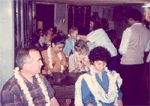
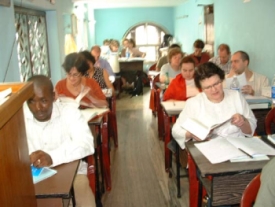

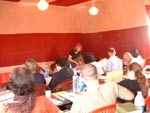
For more details & pictures:
PICTURES OF UNDER GRADUATE & POST GRADUATE COURSES OF ALLEN COLLEGE OF HOMOEOPATHY, ENGLAND
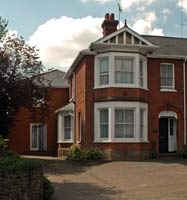
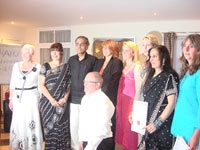



For more details & pictures:
PICTURES OF SUMMER SCHOOL OF ALLEN COLLEGE OF HOMOEOPATHY, ENGLAND

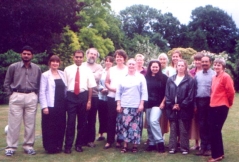
For more details & pictures:

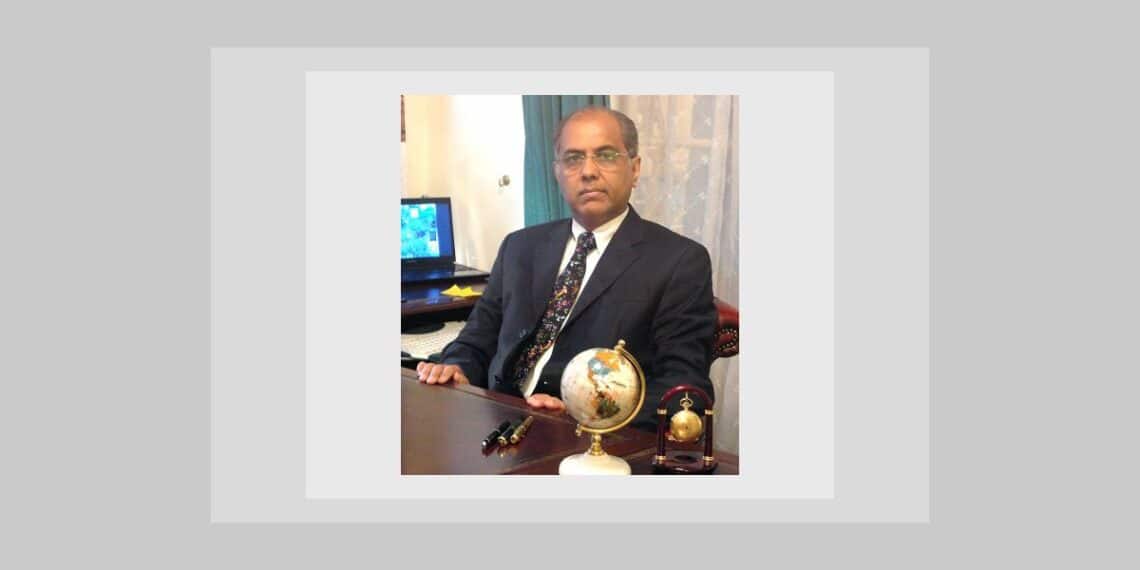
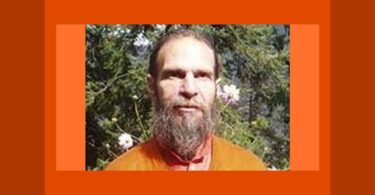
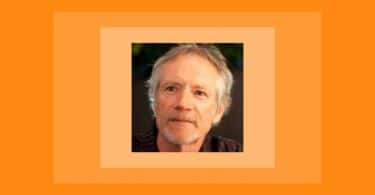
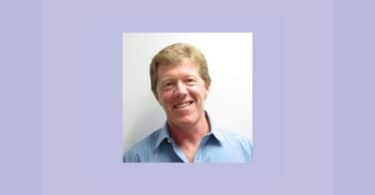

Dr Subrata sir is leading homoeopath of this era. I compair him with Dr Hahnemann as he always share his knowledge and supports new upcoming homoeopath. This is the best interviev.
Dr Sameer Dhokale
India.
I read this article. It is encouraging to both beginners and also elder homoeopaths. Thanks for this interview article.
A session with Dr Subrata at Zach Academy in Kuala Lumpur some two decades ago I dare to ask him what if all prescribing failed just because we aren’t sure about the quality of the remedies we bought. He simply blurted out at me and quipped: “The assessment come from you. As a doctor you must be liable for that!” Yes, it was not the medicine but we as Homeopath who should transcend the placebo itself! The healer is you.
Dr subrats article shows the reality and very useful to learners